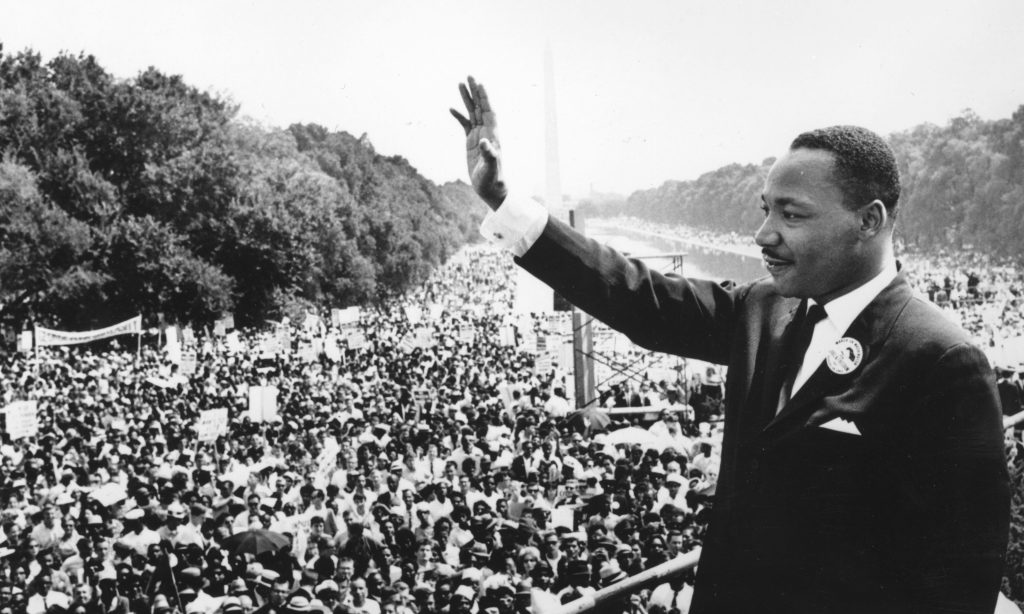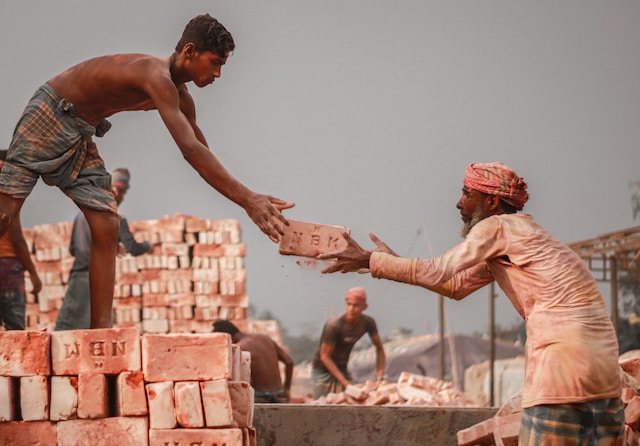Labour Day, a cherished annual celebration observed on May 1st, also known as May Day or Worker’s Day, pays homage to the invaluable contributions rendered by the labour class. This momentous occasion sheds light on the rights of workers while acknowledging their remarkable feats. The genesis of Labour Day or May Day differs from one country to another, yet the underlying principle remains the same; to honour the achievements and contributions of the labour force. The eight-hour day movement, a pivotal movement that championed an equitable work-life balance of eight hours of work, recreation and rest, catalyzed the advent of Labour Day. It advocates for the rights and opportunities that every labourer deserves for their welfare and advancement.
“All labor that uplifts humanity has dignity and importance and should be undertaken with painstaking excellence.”
Martin Luther King Jr

What does the International Labour Day timeline look like?
- May 1, 1886: The first Labour Day was observed in the United States as a protest for the eight-hour workday.
- July 14, 1889: May 1 was designated as International Workers’ Day by the Second International, which was a worldwide federation of socialist and labor parties, in remembrance of the Haymarket affair that occurred in Chicago.
- May 1, 1890: Many countries such as the United States, Germany, and France, celebrated the first International Workers’ Day.
- May 1, 1916: Several nations embraced the eight-hour workday as the standard working day.
- May 1, 1923: The inaugural May Day celebration in India was organized by the Labour Kisan Party of Hindustan in Chennai.
- May 1, 1927: The All India Trade Union Congress (AITUC) advocated for the rights of workers by calling for a nationwide strike.
- 1947: The International Labour Organization (ILO) was established as the pioneer specialized agency under the United Nations.
- 1947: Indian government declared May 1 as a national holiday to commemorate the contributions of workers and honor their efforts towards the development of the nation.
- 1955: The International Labour Organization (ILO) instituted the World Day for Safety and Health at Work, which is commemorated annually on April 28.
- 2003: The World Day Against Child Labour was instituted by the ILO, and it is marked on June 12 every year.

Fun-facts that you may not know about International Labour Day:
- The first Monday of September is celebrated as Labour Day in the United States and Canada.
- One of the most notable songs associated with the socialist and labor movement is “The Internationale,” which was composed in 1871 by Eugène Pottier, a transport worker from France, and has remained an anthem of the movement for over a century.
- In certain nations, May Day is referred to as Loyalty Day, a day that reasserts loyalty to the country and its principles.
- May Day is linked with traditional spring festivities in some countries, including the Maypole dance in the United Kingdom and the Maibaum festival in Germany.
- May Day is a public holiday in some countries, including Germany and Finland, where people participate in various activities such as picnics, dancing, and other festivities.
- The red flag has been widely used as a symbol of workers’ movements and solidarity. It was first adopted during the Paris Commune in 1871, where it was flown as a symbol of the working-class struggle for justice and equality.
Significance of May Day in India:
May Day is a revered occasion to honor the invaluable contributions made by the labor force and recognize their indomitable spirit and sacrifices for society. This day resonates with workers’ struggles and the resulting empowerment that emerged in the late 19th century. In India, the genesis of this celebration dates back to 1923, when the Labour Kisan Party of Hindustan orchestrated the commemoration, spearheaded by the visionary leader Comrade Singaravelar. The festivities culminated in a resolution advocating a national holiday on May Day, to give due recognition to the workers’ pivotal role in shaping the nation’s growth. Since then, May Day has been an annual affair, marking the workers’ resilience and hard work in Chennai, the capital city of Tamil Nadu, India, first celebrated in 1923.

As we mark the commemoration of International Labour Day, it is paramount to recognize the remarkable contributions and sacrifices made by the labour force worldwide. With their persistent struggle for equitable work-life balance and better working conditions, the labour class has been instrumental in shaping the contemporary world. The genesis of this grand occasion may differ across nations, yet the core principle remains unchanged – to extol and acknowledge the remarkable feats of the labour force. In this moment of celebration, let us rekindle our commitment to the advancement of workers’ rights and opportunities and embrace the indispensable contribution of the labour force to society.






























